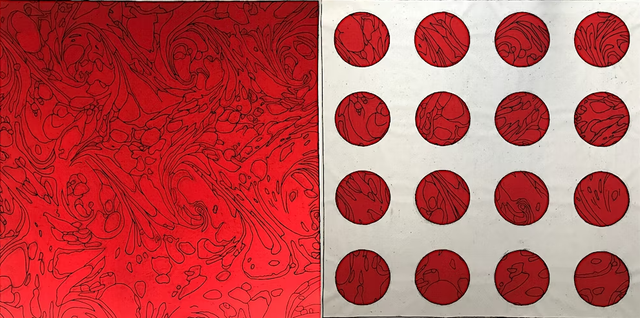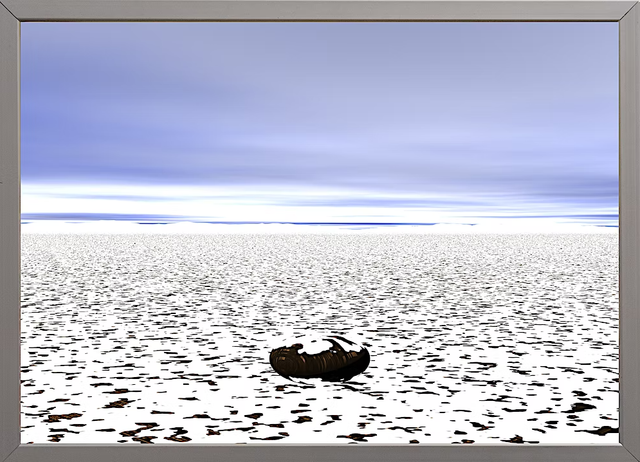Matt Mullican
Matt Mullican has consistently employed various forms of media, spanning from performance and environmental installations to sculpture and computer graphics throughout his career.
Biography of Matt Mullican
Matt Mullican was born in 1951 in Santa Monica, California, USA. His parents are artists Lee Mullican and Luchita Hurtado. During his childhood, he resided in Caracas, Venezuela, for one year.
In 1974, the artist completed his studies at the California Institute of the Arts in Valencia, from which he graduated with a BFA.
Mullican gained prominence as part of The Pictures Generation alongside artists such as Troy Brauntuch, Jack Goldstein, David Salle, James Welling, Sherrie Levine, Cindy Sherman, Louise Lawler, Richard Prince, and Robert Longo.
Since 1970s, he has been recognized for his performances conducted while under hypnosis.
In 1991, the artist was awarded a Guggenheim Fellowship for Creative Arts.
From 2009 to 2018, Mullican served as a professor at the University of Fine Arts of Hamburg. Additionally, he has also worked at institutions such as Columbia University, The School of Visual Arts, the Rijksakademie in Amsterdam, The London Institute, and the Chelsea College of Art and Design.
In 2022, Matt Mullican became a winner of the Possehl Prize for International Art.
Mullican's recent solo exhibitions include "MATT MULLICAN" at Galerie Micheline Szwajcer in Brussels (2022), "Centered" at MASSIMODECARLO in Milan (2021), "Things Change in Heaven" at Marc Selwyn Fine Art in Los Angeles (2021), "Five Walls" at Capitain Petzel in Berlin (2021), and several others.
Currently, the artist lives and works in Berlin and New York.
Matt Mullican's Art Style
His artistic endeavors revolve around systems of knowledge, meaning, language, and signification. Mullican also explores the interplay between perception and reality, delving into the connection between the ability to perceive something and the ability to represent it.
Since the 1970s, Mullican has explored models for explaining the world. He has crafted an intricate system of symbols, incorporating various pictograms and colors, to address the question of the world's structure. Through this system, he seeks to depict every facet of the human condition using different combinations of symbols.
Each color is assigned a distinct symbolic significance. For instance, green represents material, blue signifies the everyday world, yellow embodies ideas, white and black symbolize language, and red denotes the subjective.
Years:
Born in 1951
Country:
United States of America, Santa Monica
Gallery:
DANIEL BLAU
Cristina Guerra Contemporary Art
ProjecteSD
Mai 36 Galerie
Peter Freeman, Inc.

